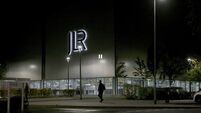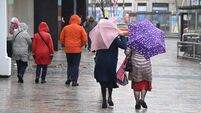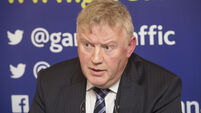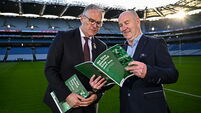No relief despite stress tests on banks

AIB fared relatively better than its main rival Bank of Ireland in so-called stress tests conducted on large European banks by regulators, but the outlook for their shares will likely remain clouded for some time.








